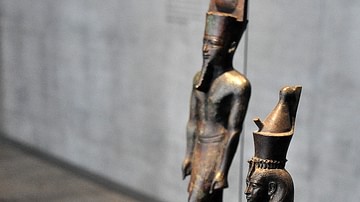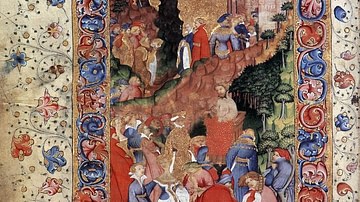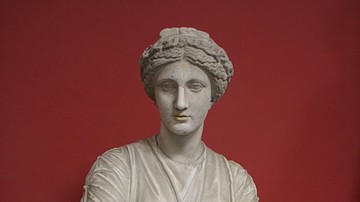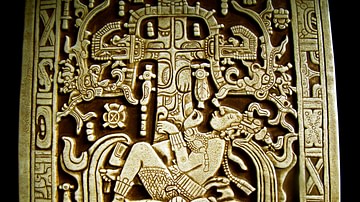Although 30,000 archaeological sites have been identified in the AlUla area of Saudi Arabia, only 8 are currently open to visitors: Jabal Ikmah, which has hundreds of inscriptions; Hegra, a massive site settled during the Nabatean and Roman times; Qurh, an early Islamic city; Dadan, which dates from the 8th-1st centuries BCE; Tayma and Khaybar, oasis settlements which have been continuously inhabited for thousands of years and finally, the old town of AlUla, which was occupied from the 12th to the 20th century.
In this article, we will look at two very different sites, Hegra and Jabal Ikmah.
Hegra
Perhaps one of the most photographed sites at AlUla, it is easy to see why, as it is a spectacular place. A UNESCO World Heritage Site since 2008, it is located on a plain, dotted with sandstone outcrops, just north of the AlUla Valley. This site was once a key city of the Kingdom oof Nabatea, whose capital was based at Petra in Jordan.
The Nabateans were initially a nomadic Arab tribe which thrived from the 4th century BCE to the 2nd century CE by controlling critical camel caravan routes that passed through the oases of the region en route to Egypt, Syria, and the Mediterranean.
Burials located on top of the sandstone outcrops indicate activity in the environs as early as the late 3rd to early 2nd millennium BCE. In the later 1st millennium BCE, inscriptions and material evidence excavated from the site suggest links with the capital of the Lihyanite Kingdom, Dadan, located 20 km to the south of Hegra, prior to Nabatean occupation.
The well-preserved monumental tombs with ornately carved façades best known at Hegra are evidence of the economic and cultural power of the Nabatean kingdom and its people based here from the 1st century BCE to the early 2nd century CE.

In addition to its awe-inspiring tombs, Hegra featured a sophisticated network of wells and cisterns, enabling an agricultural economy and supporting a large population. The city reached its pinnacle during the reign of Aretas IV (9 BCE to 40 CE), but Nabatean culture continued even after the kingdom was absorbed into the Roman Empire in 106 CE. Despite the Roman presence, the city appears to have continued to be governed at least for a time by a Nabatean governor - a Latin inscription dating to 175 CE names him as a Nabatean, Amr, son of Hayyan. Permanent occupation of the site appears to have ceased by the 5th century CE.

Jabal Ikmah
Situated at a vital crossroads on the famed Incense Road, these kingdoms boasted thriving trade networks that connected southern Arabia with the great civilisations of antiquity, from Mesopotamia and ancient Egypt to the Greco-Roman world.
Jabal Ikmah, often referred to as an 'open-air library', contains hundreds of inscriptions engraved and carved in relief on the rock faces and boulders of a gorge, not far from Dadan, the seat of the Dadanite and Lihhyanite kingdoms. Most inscriptions are written in the Dadanitic script and language and date to the second half of the first millennium BCE.
The site appears to have been a sacred place, not only for the Lihyanites but also for travellers who passed through AlUla. The inscriptions are remarkably well-preserved and have survived centuries of sun, wind and rain.
The inscriptions cover a range of subjects, including rituals, rulers, blessings and agriculture – transactions, activities, hopes and beliefs of daily life. They give us insights into the economic, political, religious, and social lives of their authors. Many record offerings to the Lihyanite god, Shu Ghaybah and request protection for the journeys ahead.

There are also petroglyphs. As in other areas across AlUla, these depict mostly animals, including camels, bulls and ostriches – some pursued by human hunters – offering a glimpse into a different environment and the ancient creatures that once inhabited this place. There are images of what might be a musical stringed instrument, too.
Interestingly, there are no visible remains of ancient structures at the site, except for a wall discovered outside the gorge, 300 metres to the north. Why people for many generations chose to travel to Jabal Ikmah to leave their mark in stone remains an open question.
Most of the inscriptions found at the site are written in Dadanitic, whose alphabet was written from right to left, with 28 letter forms. A vertical line or two dots placed on top of each other were used to separate words.
The wealth of the inscriptions at Jabal Ikmah and across the AlUla region also provide insights into the origins and development of the Arabic language.
The site is also on UNESCO's esteemed Memory of the World Register, affirming its importance as a repository of ancient narratives that continue to resonate through time.











